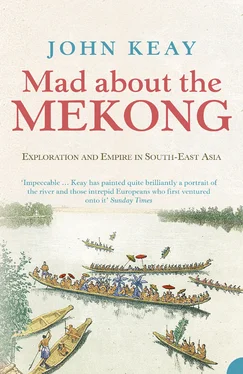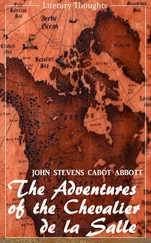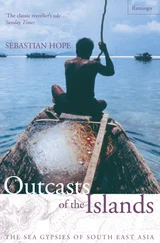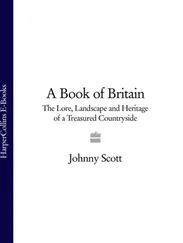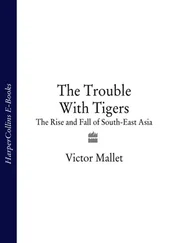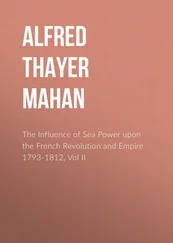1 ...7 8 9 11 12 13 ...17 Legally hauled from the weedy depths by line and net, trap, trawl and scoop, the silver bounty is notable for its variety as well as its quantity. Here are found fish that shoot down insects with missiles of mucus and others, much appreciated by the Mekong expedition, that attain the size of boats. There’s a carp that gets drunk, a perch that climbs trees, and a black catfish that, alone and mainly at night, goes walkabout down dusty lanes. There are also, say the experts, quite a few species that have still to be identified and literally hundreds that may already be extinct.
In season, when the water level is at its lowest, catches are landed by the boatload, manhandled by the bucketload and distributed by the tractorload. At one-off markets in waterside villages buyers and vehicles from all over Cambodia converge. A festival air prevails at these gatherings. The rice spirit flows, clean shirts and brightly coloured blouses glisten with sequin-like scales, and fishy swains find fishy brides amid mountains of silver pungency. Carted home, much of the product will be pounded, salted and putrefied into fish paste, an essential ingredient of south-east Asian cuisine and, for most of the population, their principal source of protein.
Without the river and the lake, the Cambodian diet would not be deficient just in protein; it would be deficient, period. Rice is the staple food and, here as in the Delta, rice does best where an inundation of nutrient-rich water can be relied on. This is what the shuttle behaviour of the Tonle Sap river so obligingly provides. The Great Lake is served by no major rivers of its own. During the long dry season between October and June it shrinks, falling by six metres and losing more than three-quarters of its surface area. The Tonle Sap river drains it into the Mekong like any other tributary; evaporation also claims its share. The first rains in early June make little difference. The lake would in fact never recover its volume were it not for the much faster rise of the Mekong.
By mid-June the Mekong at Phnom Penh is edging up by half a metre a week. The Great Lake now being lower, the Tonle Sap river goes into reverse. Instead of being one of the Mekong’s feeders, it becomes one of its branches, drawing off its current and so replenishing the Great Lake. By mid-July the Mekong is up several metres, and by late August it is in full flood, bursting not only its own banks but also those of the Tonle Sap river and the Great Lake. In a hydraulic feat quite as wonderful as the Delta’s ‘diurnal tides’, much of Cambodia becomes a vast reservoir enriched by all those suspended phosphates and nitrogens.
The rice farmer is ready with his seedlings. As the rains cease, the Mekong falls. Now lower than the Great Lake, it retracts its floodwaters; the Tonle Sap river starts to run back into the Mekong; and the Great Lake begins to recede. As it does so, the Cambodian heartland re-emerges as a sparkling Atlantis of vaguely concentric paddy fields. From the dry stubble of what was the lake’s outermost rim, the sun-ripe gold of harvest shades inwards to the lime green of a mature sowing and then the tender lemon-grass of wispy seedlings protruding from the water’s edge of the still-receding lake.
Thanks to this phenomenon, plus the potential for a second harvest in the winter months, Cambodia reaps all that it needs and conveniently does so over an unusually long period of the year, thus releasing a large section of the population for other activities. It has always been so. The wealth which made Angkor great and the surplus labour which made its monumental extravaganzas possible are commonly ascribed to this same freak of nature. Had Lagrée and Garnier paid closer attention to the behaviour of the Mekong and Tonle Sap rivers, they might have anticipated the most likely answer to the conundrum of how an otherwise unfavoured jungle kingdom could have attained such magnificence. They might also have drawn a valuable lesson for future French empire. The Mekong’s importance lies in its role as a provider, not as a highway.
It has ever been so, but it may not remain so. In Phnom Penh and Saigon today’s hydrologists wax paranoid about the changes being wrought along the river’s middle reaches in Laos and Thailand, and especially along its upper reaches in China. The blasting of the riverbed to improve navigation, the construction of dams for hydro-power and irrigation, and the relentless deforestation of the whole basin could easily spell disaster to the hydraulic economies of Cambodia and the Delta. If the Mekong rises too high or too fast, people drown. If it rises too little or too late, they starve.
The situation is believed to be critical. Lights burn late, and long reports get written, in the Phnom Penh headquarters of today’s Mekong River Commission. A multinational watchdog concerned with the river’s ‘sustainable development’, this organisation publicly endorses many of the ambitious projects that its advisers privately decry. The contradiction between alleviating national poverty by large-scale development schemes and endangering individual livelihoods, usually those of subsistence farmers and ethnic minorities, by the fallout from these same schemes is proving difficult to reconcile. Dazzling projections and dire warnings emanate from the Mekong River Commission as erratically as they did from its near-namesake, the Mekong Exploration Commission of 1866.
Pacing the galleries of Angkor Wat, Francis Garnier made the length of its outer wall 3.5 kilometres, estimated that there were 1800 pillars in the temple itself, and scampering up its central tower, counted 504 steps for a measured height of sixty metres. The pillars were mostly single blocks of sandstone, each weighing up to four tons. ‘Perhaps nowhere else in the world’, he wrote, ‘has such an imposing mass of stone been arranged with more sense of art and science.’ To technical skills in the cutting and manoeuvring of megaliths that rivalled those of the Pyramids was added the spark of sheer genius. ‘What grandeur and at the same time what unity!’ he exclaimed. France, ‘to whom Angkor should belong’, had here a quite spectacular opportunity to proclaim its intentions in south-east Asia. He echoed le Commandant Lagrée’s sentiments in looking forward to the day when the site would be reclaimed for Cambodia, and he called on archaeologists, artists and historians to petition the French government to undertake a wholesale restoration.
These hopes would eventually be realised. The fretted towers of Angkor Wat – nine in total but five in angled profile and three per exterior façade – would be restored to Cambodia and become its national symbol. Looking like an unfolded paper cut-out, their silhouette is today everywhere – on postage stamps, official letter-heads, ministerial car plaques, TV news logos. Cambodians seem quite oblivious of the embarrassing fact that, but for the much-maligned French, the site itself might still be in Thailand. For it was thanks to the French authorities that Lagrée’s designs on the site would bear fruit. In 1907 Angkor and the ‘lost provinces’ would be wrested from Bangkok, studied, partly restored, and impressively landscaped as per Garnier’s plea.
By the 1980s the towers of Angkor Wat also featured on the national flag. The blood-red flag above the towers is raised, and will lead the nation to happiness and prosperity,’ ran the national anthem. This was doubly ironic; for at the time the Cambodian nation, still traumatised by the rule of the Khmer Rouge and ravaged by famine, knew neither happiness nor prosperity, and Angkor itself had again slipped beyond Phnom Penh’s control. Indeed Angkor and the ‘lost provinces’ had been re-lost, being now held by the outlawed Khmer Rouge who, with the connivance of Bangkok and the support of the Western powers, formed part of a national front at war with the Phnom Penh regime. Even as Angkor Wat’s profile fluttered on the blood-red flag, the towers themselves were reportedly being vandalised and their statuary sold off on the international art market.
Читать дальше
